Partisans carry out sabotage on railway connecting Rostov region with Luhansk region
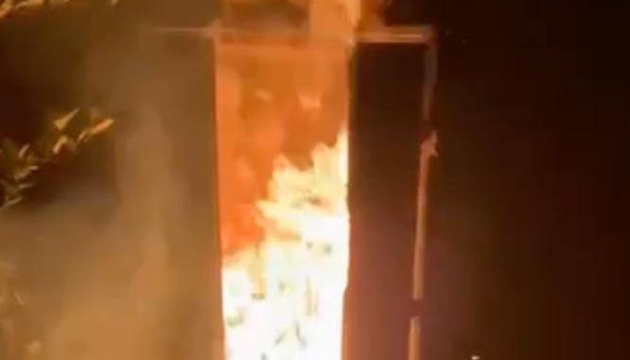

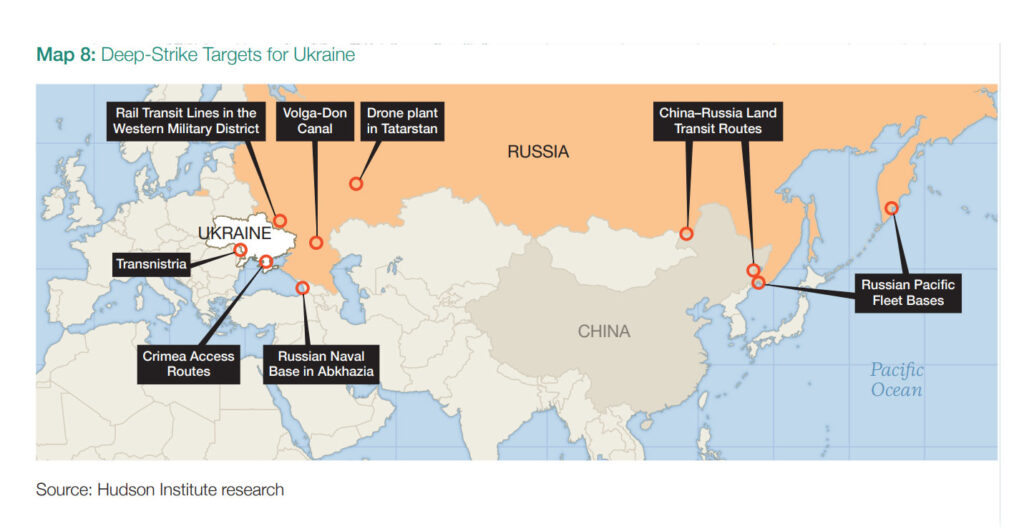
The Hudson Institute has identified eight critical targets across Russia and occupied territories that Ukraine could strike to destabilize Moscow’s war effort. The report, authored by Luke Coffey and Can Kasapoğlu and titled “Breaking the Stalemate: Russian Targets Ukraine Should Strike,” argues that sustained pressure on these chokepoints could undermine Russian logistics, weaken the Kremlin’s control over occupied areas.
The Volga–Don Canal is a 63-mile waterway linking the Caspian and Black Seas. Russia uses it to move vessels from the Caspian Flotilla and to transport Iranian-supplied weapons. The Kremlin has committed $1 billion to modernize the canal, underscoring its importance. Analysts note that damaging Locks 8 and 9, which sit at the canal’s summit, could halt navigation and disrupt water flow, crippling east–west logistics and trade with Iran.
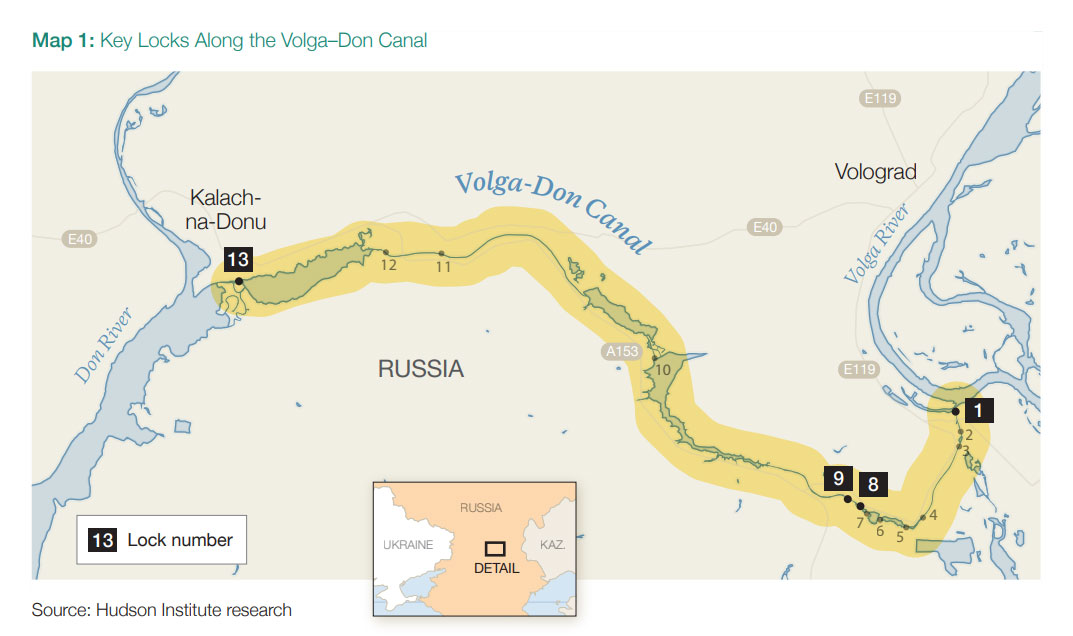
Located in the Alabuga Special Economic Zone, Russia’s main Shahed drone facility produces multiple variants with Iranian support.
Open-source reporting indicates that Russia’s Shahed drone plant in Tatarstan likely produces 170–190 drones per day. In June 2025 alone, Russia launched around 5,500 Shaheds against Ukrainian cities. Production could rise further, with estimates suggesting up to 2,000 drones per month by late 2025.
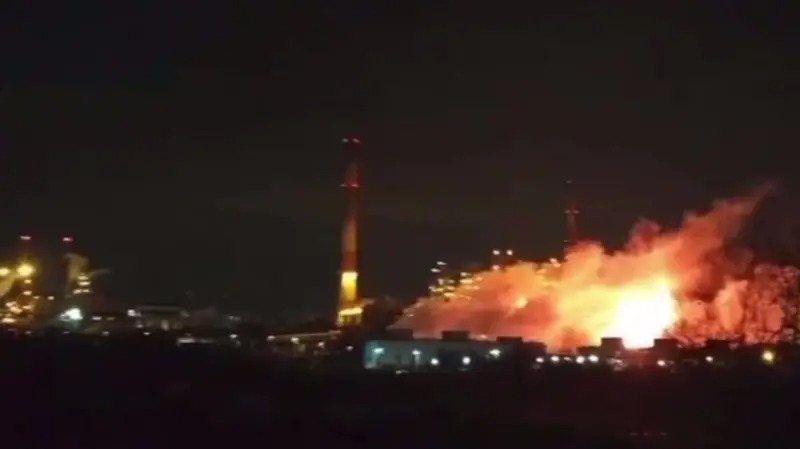
The facility employs thousands, including foreign workers and students, raising civilian risks. The report suggests Ukraine could instead target the plant’s energy lifeline at the nearby Nizhnekamsk Thermal Power Plant to disrupt production indirectly.
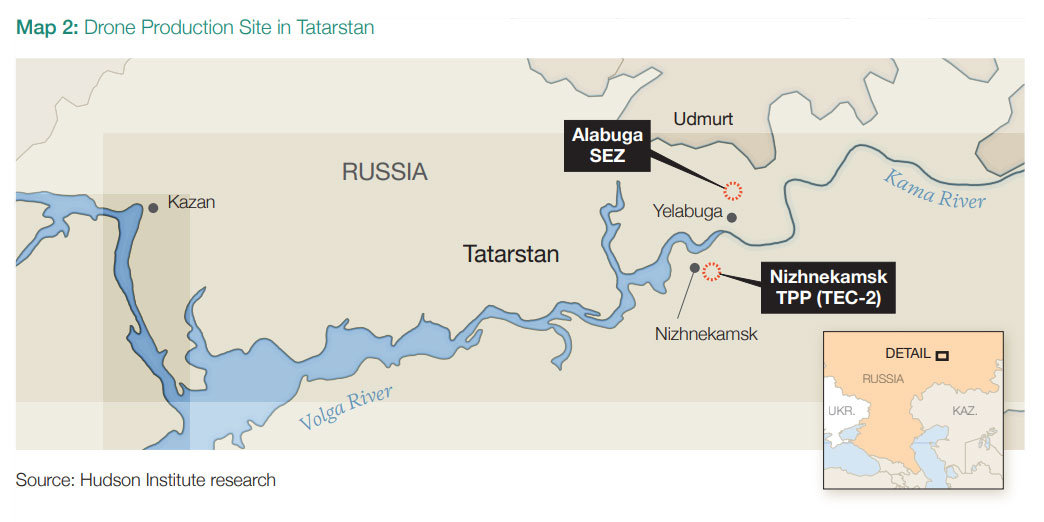
Russia’s wartime dependence on Chinese imports has soared, reaching $240 billion annually. These include drones, optics, semiconductors, and weapon components. Around 90% of this trade crosses the border by rail through Manzhouli–Zabaykalsk and Suifenhe–Pogranichny. While directly striking at the crossings could be politically fraught, Hudson Institute identifies rail bridges and railyards within Russia as vulnerable chokepoints that, if disrupted, would slow the flow of critical dual-use goods
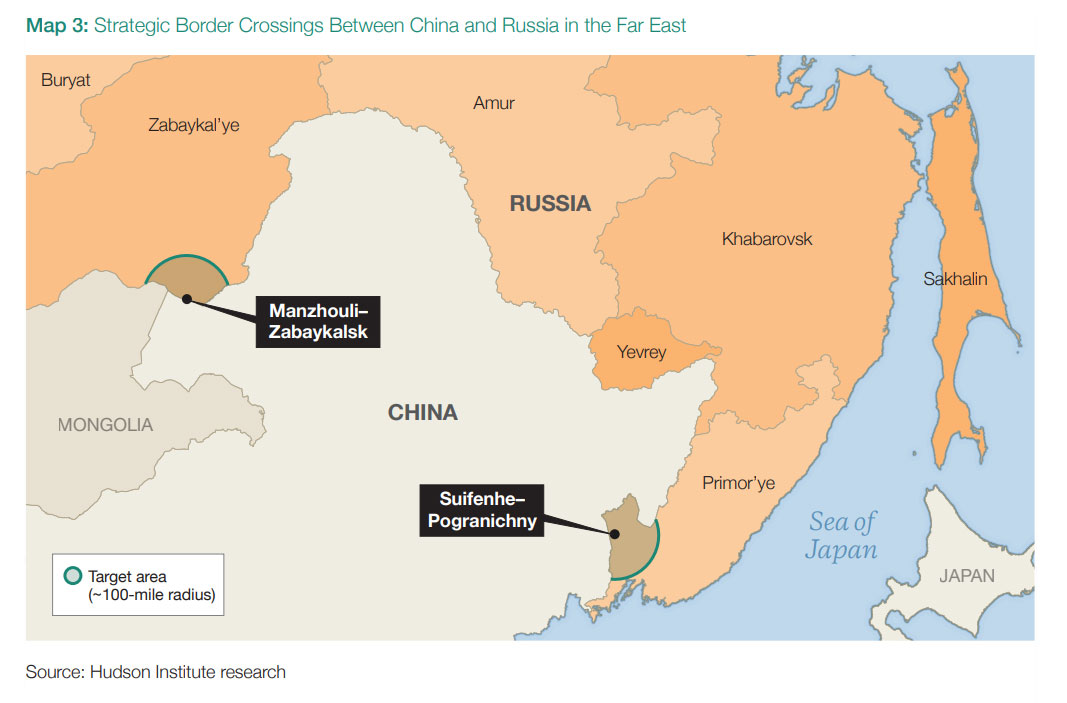
.
Crimea remains a central hub for Russia’s southern operations. The Kerch Bridge has been attacked and damaged three times, but never destroyed. The report stresses that Western-supplied long-range missiles, such as Germany’s Taurus, could finish the job. Analysts also highlight smaller but equally vital routes into Crimea: the Chonhar, Syvash, and Henichesk Bridges. These links connect the peninsula to Kherson Oblast and are more vulnerable to attack than Kerch. Severing them would drastically weaken Russian supply lines into occupied southern Ukraine.
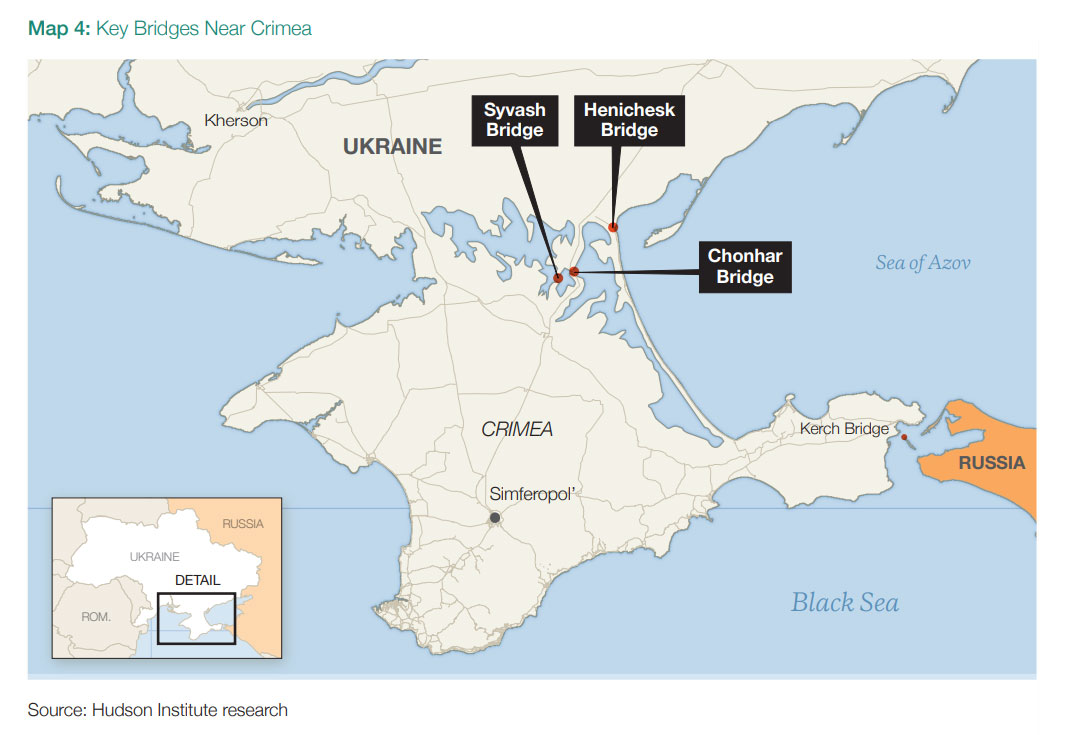
Russia’s military depends heavily on rail, moving up to 30,000 tons of ammunition and fuel daily. Each division requires about 1,870 tons of cargo, with artillery munitions accounting for half. While trains in motion are difficult to strike, Hudson Institute stresses that rail bridges, transformers, and substations are fixed and exposed. Recent Ukrainian strikes in Samara and along the Oryol–Kursk line show this tactic is viable. Sustained attacks could cripple supply lines across the Russian heartland.
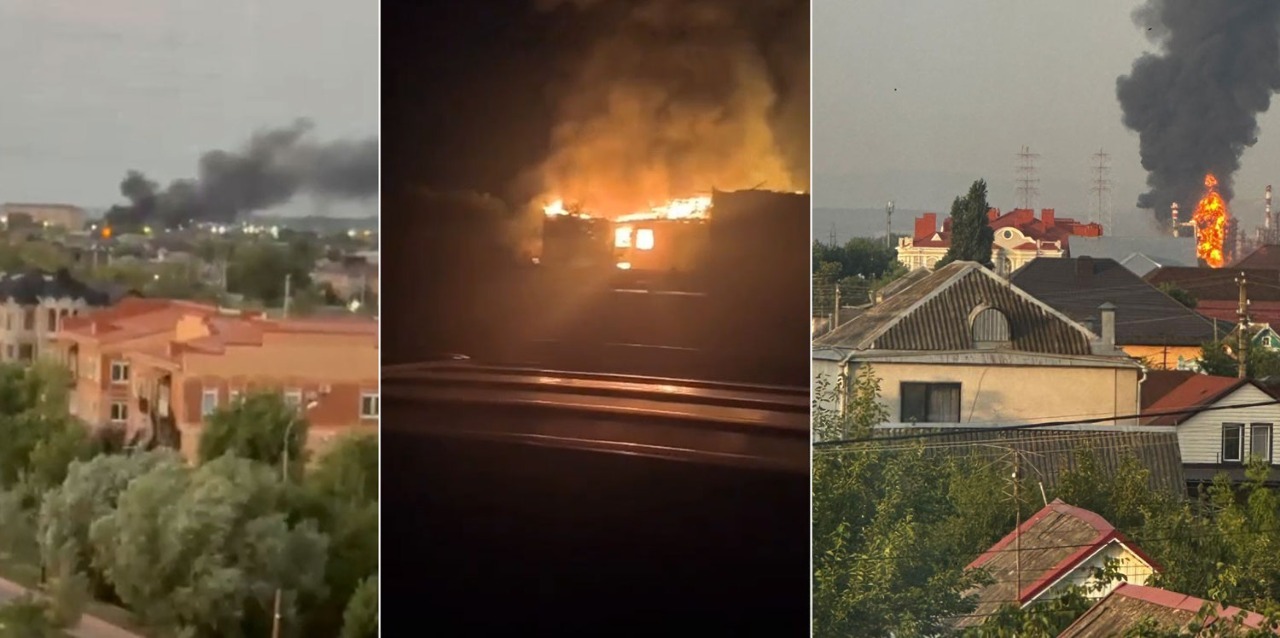
Moscow is shifting parts of its Black Sea Fleet to Abkhazia’s Ochamchire port, on occupied Georgian territory, after heavy losses in Crimea. The new base remains under construction and vulnerable. The coastline is exposed, infrastructure is weak, and supply routes rely on a single road and rail link with a bridge that forms a critical choke point. Hudson Institute concludes that striking early could delay or halt Russia’s efforts to diversify its naval footprint in the Black Sea.
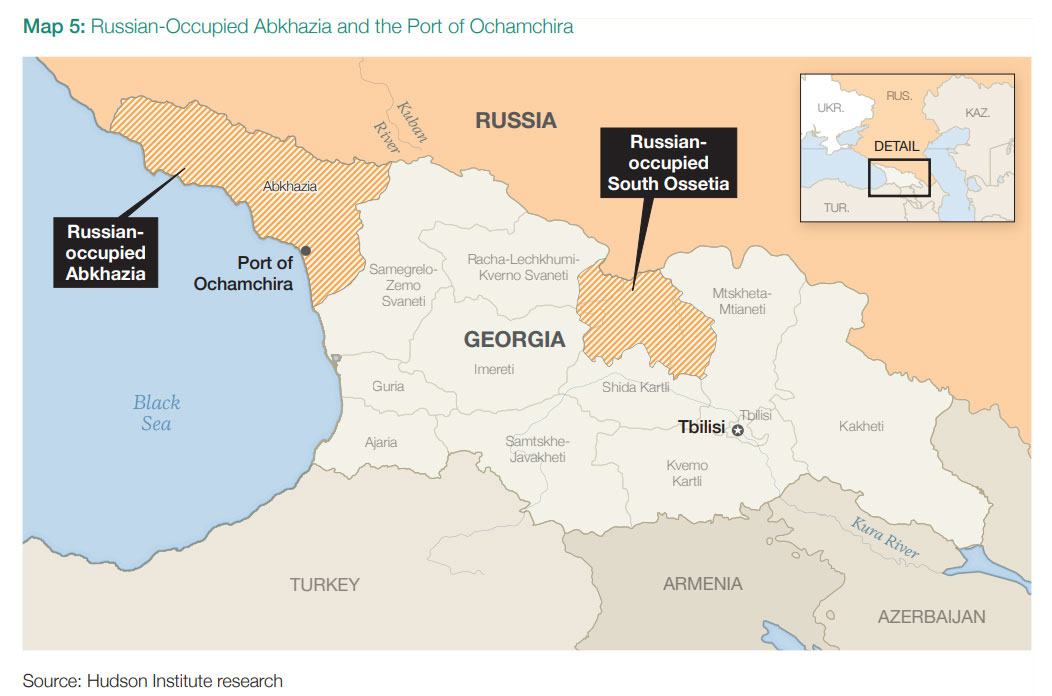
The Russian garrison in Moldova’s Transnistria enclave is another fragile point. About 1,500 troops remain there with outdated equipment and no realistic way to reinforce them. Ukraine, the report argues, could eliminate the pocket if necessary, relieving pressure on Odesa. But the analysis also warns that such a move would risk humanitarian fallout in Moldova and Romania, especially near the massive Cobasna ammunition depot.
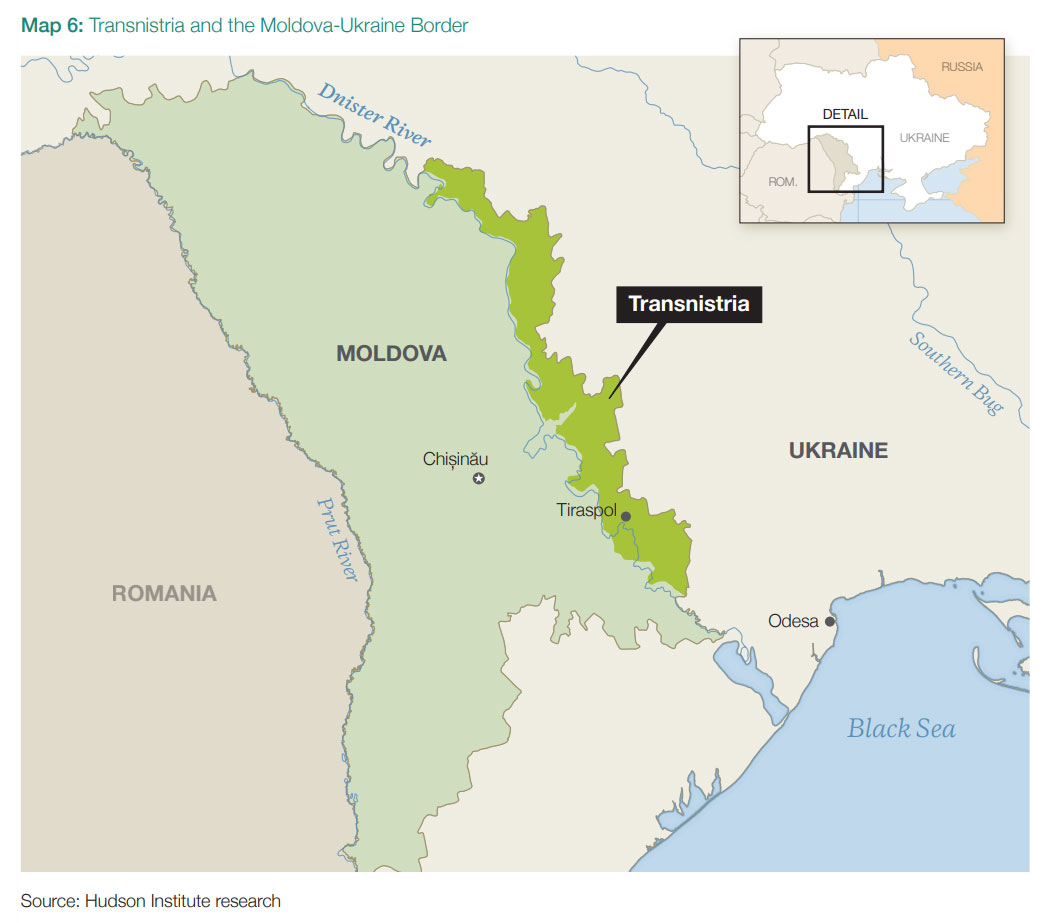
Though far from the battlefield, Russia’s Pacific Fleet has quietly supported the war. It has transferred naval brigades to Ukraine and redeployed ships to the Black Sea. These distant bases lack the dense defenses seen in Crimea, making them potential targets. Analysts suggest Ukraine could adapt maritime drones to reach the area. Even limited strikes would force Moscow to disperse defenses and reconsider its global naval posture.
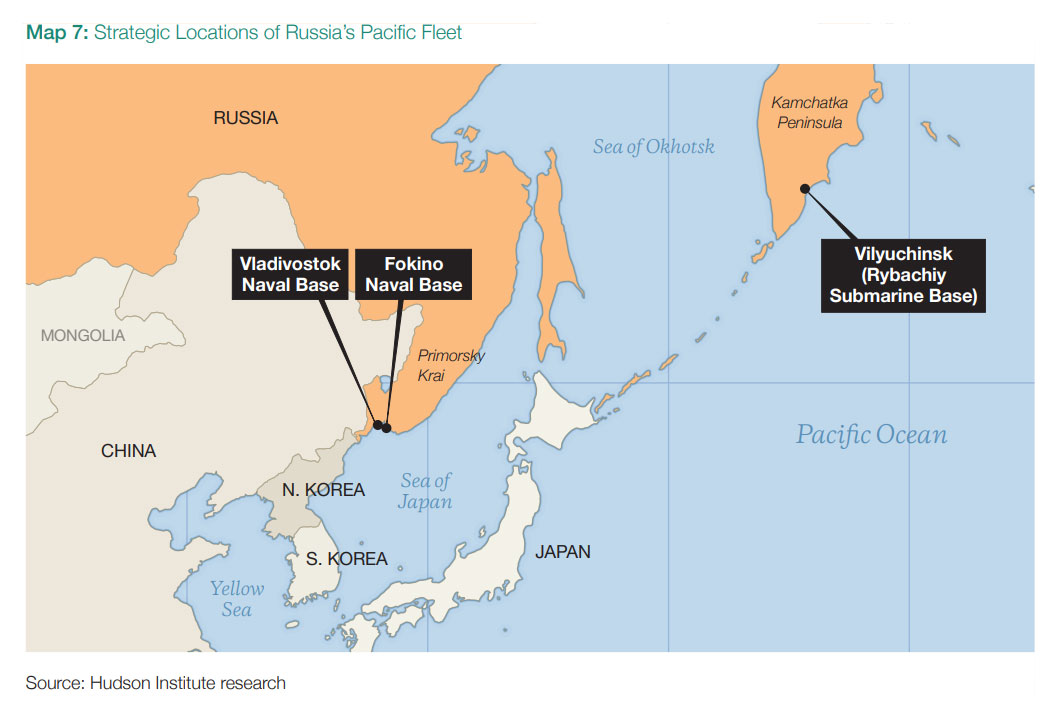
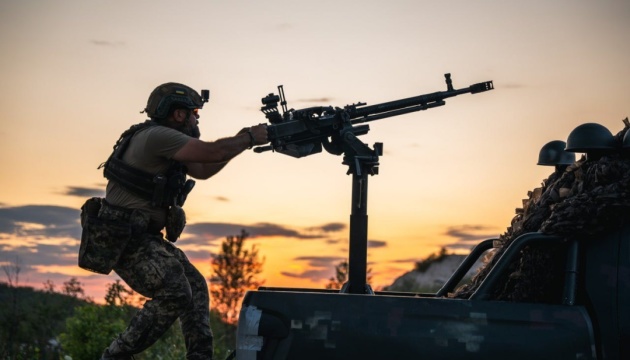
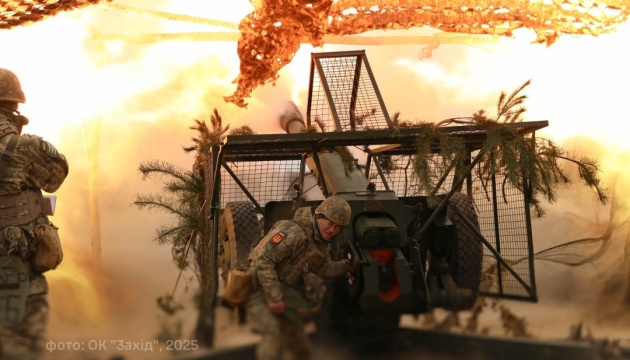

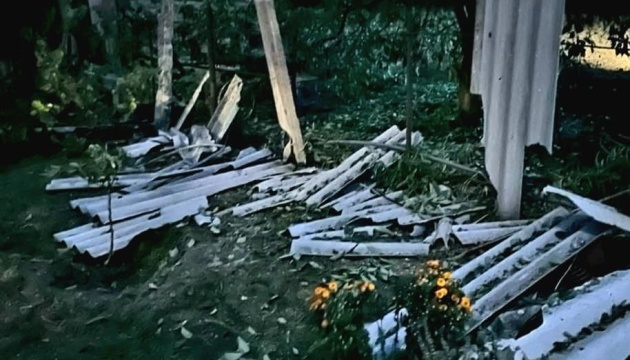
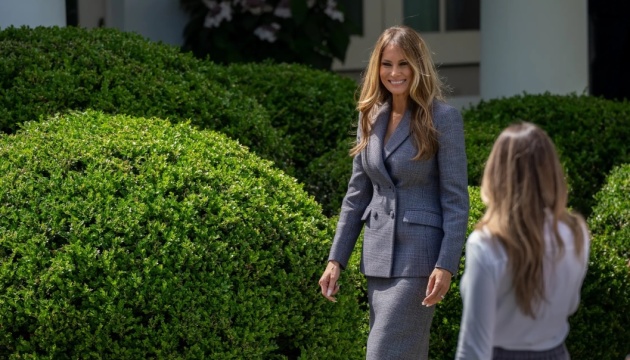

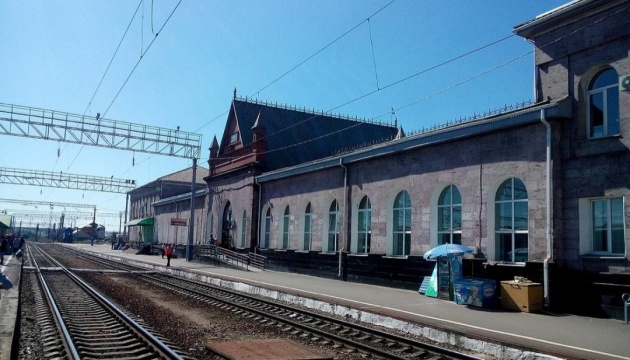

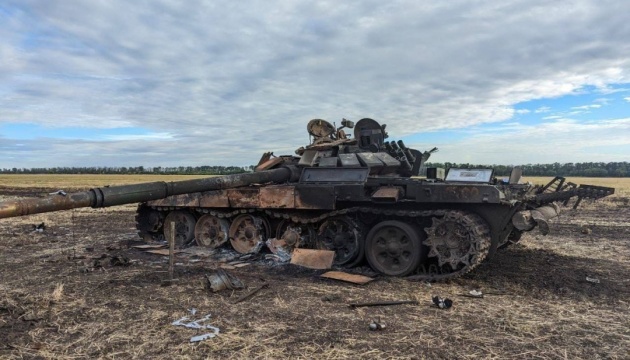

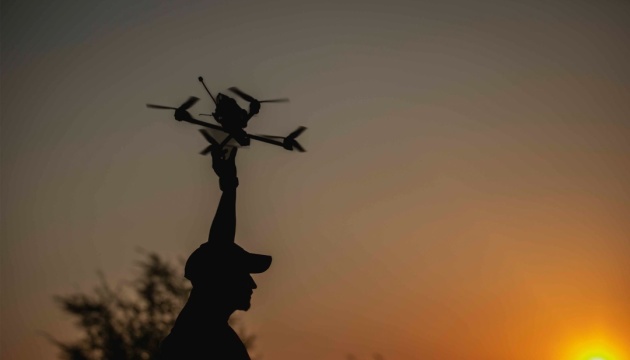

© Copyright 2024 The Associated Press. All rights reserved
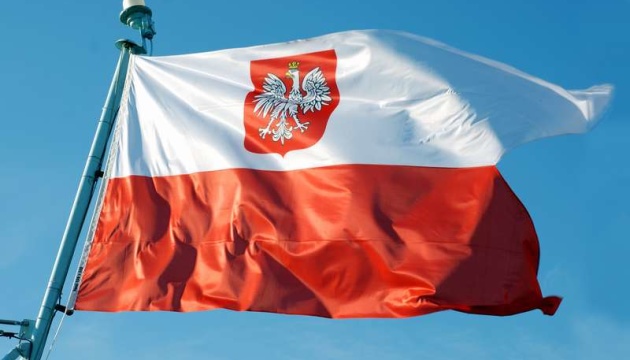
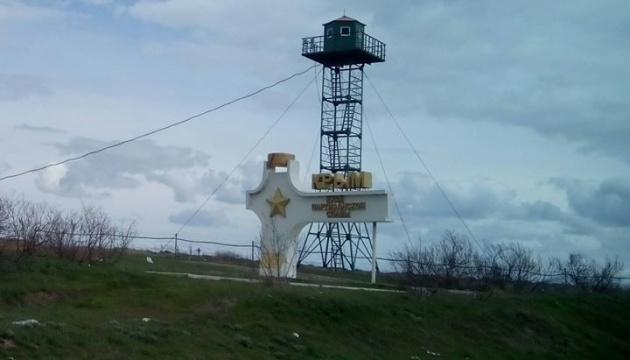
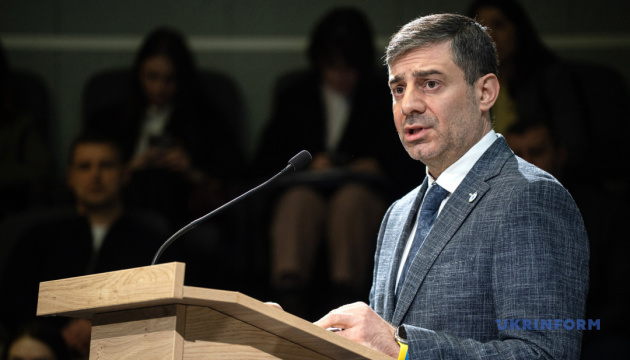

After three hours in Alaska, the results are in: Putin scored a perfect diplomatic victory, Trump abandoned his core demands, and Ukraine faces an impossible choice between constitutional suicide and losing American support.
The stunning reversal shows how completely Trump capitulated across every dimension while Putin orchestrated a masterclass in presidential humiliation.
Before Alaska, Trump threatened Putin with “stark economic penalties” and demanded an immediate ceasefire. After three hours with the Russian leader, Trump dropped both threats while pressuring Ukraine to surrender the very fortress belt that has protected its heartland since 2014.
Putin didn’t just win diplomatically—he secured his war economy, gained territorial concessions, and achieved complete rehabilitation from international pariah to equal partner.
 Economic lifeline secured – Trump abandoned secondary sanctions that could have cut Russia’s $205 million daily oil revenue
Economic lifeline secured – Trump abandoned secondary sanctions that could have cut Russia’s $205 million daily oil revenue
 Territorial demands accepted – Trump now pressures Ukraine to surrender fortress cities Russia couldn’t capture
Territorial demands accepted – Trump now pressures Ukraine to surrender fortress cities Russia couldn’t capture
 Diplomatic rehabilitation – From ICC-wanted war criminal to red carpet treatment in 3 hours
Diplomatic rehabilitation – From ICC-wanted war criminal to red carpet treatment in 3 hours
 Protocol dominance – US soldiers knelt to lay red carpet, Putin spoke first from podium with US presidential seal
Protocol dominance – US soldiers knelt to lay red carpet, Putin spoke first from podium with US presidential seal
 Strategic reversal – Trump dropped ceasefire demands, adopted Putin’s negotiation timeline
Strategic reversal – Trump dropped ceasefire demands, adopted Putin’s negotiation timeline
 Personnel control – Got Trump adviser Keith Kellogg excluded from US delegation
Personnel control – Got Trump adviser Keith Kellogg excluded from US delegation
 Security guarantees breakthrough – Trump agreed to US security guarantees “like NATO,” reversing his Europe-only position
Security guarantees breakthrough – Trump agreed to US security guarantees “like NATO,” reversing his Europe-only position
 Retained some agency – Trump made no threats to force acceptance: “it’s possible they will say – no!” (weaker win)
Retained some agency – Trump made no threats to force acceptance: “it’s possible they will say – no!” (weaker win)
 Economic pressure evaporated – Russia’s war funding now protected by Trump’s sanctions amnesty
Economic pressure evaporated – Russia’s war funding now protected by Trump’s sanctions amnesty
 Facing territorial ultimatum – Surrender strategic defense cities or lose US support
Facing territorial ultimatum – Surrender strategic defense cities or lose US support
 Constitutional crisis looming – Cannot legally cede territory Putin demands
Constitutional crisis looming – Cannot legally cede territory Putin demands
 Military pressure intensified – Recent Russian advances threaten fortress belt supply lines
Military pressure intensified – Recent Russian advances threaten fortress belt supply lines
 Security guarantees pivot – Agreed to long-term US role in Ukraine’s defense
Security guarantees pivot – Agreed to long-term US role in Ukraine’s defense
 Failed primary goal – No ceasefire despite calling it his red line before Alaska
Failed primary goal – No ceasefire despite calling it his red line before Alaska
 Economic warfare abandoned – Dropped the nuclear option of secondary sanctions
Economic warfare abandoned – Dropped the nuclear option of secondary sanctions
 Became Putin’s pressure agent – Now demanding victim reward aggressor
Became Putin’s pressure agent – Now demanding victim reward aggressor
Putin didn’t just win diplomatically—he staged a public humiliation of American power that would have been unthinkable during the Cold War.
Start with the visuals. US soldiers dropped to their knees to unfurl a red carpet for Putin’s arrival. Trump personally drove the Russian leader in the presidential limousine—a gesture so unprecedented that diplomatic protocol experts couldn’t find parallels.
Then came the final briefing, where Putin spoke first from a podium bearing the seal of the US presidency. His remarks ran twice as long as Trump’s, establishing who controlled the narrative.
Russian Foreign Ministry spokesperson Maria Zakharova captured Moscow’s glee: “Three years [Western media] told us about Russia’s isolation, and today they saw the red carpet that welcomed the Russian president in the USA.”
The optics weren’t accidental—they were psychological warfare. Putin wanted the world to see American soldiers literally bowing before Russian power.
The meeting itself revealed Putin’s control extended beyond ceremony to substance. Russia successfully demanded that General Keith Kellogg—considered too pro-Ukraine by the Kremlin—be excluded from the US delegation.
The summit format also favored Putin. What was supposed to be a broader delegation meeting shrank to just leaders, foreign ministers, translators, and one adviser each. Putin got exactly the intimate setting he wanted, with minimal American institutional pushback.
Even Trump’s famous preference for one-on-one meetings—which led to his Helsinki disaster in 2017, when he publicly sided with Putin over US intelligence agencies, causing a major diplomatic scandal—was limited to a few minutes in the presidential car without a translator. Not enough time for real negotiation, but plenty for Putin to set the tone.

Here’s what Trump actually abandoned: secondary sanctions targeting countries that buy Russian oil. These weren’t ordinary pressure tactics—they were designed to make Russian energy “too toxic” to purchase by imposing punitive tariffs on entire nations.
Trump had already shown he meant business. Just days before Alaska, he slapped 25% tariffs on India over Russian oil purchases. The threat was credible and escalating.
But three hours with Putin changed everything. “Because of what happened today, I think I don’t have to think about it,” Trump told Fox News about the sanctions. “Maybe I’ll have to think about it in 2-3 weeks, but right now we don’t have to think about it.”
That’s a daily gift worth approximately $205 million to Russia’s war machine. Putin can now fund his military without worrying about economic isolation.
The sanctions relief wasn’t collateral damage—it was Putin’s primary objective.
As Serhiy Sydorenko from European Pravda noted, this became “one of Putin’s key victories” because these nuclear-option sanctions “are considered the most effective for influencing Russia.”
The most revealing shift came in what Trump stopped talking about after Alaska. Before the summit, Trump insisted a ceasefire was his “red line” and told reporters he “won’t be happy if I walk away without some form of a ceasefire.”
After three hours with Putin, the word “ceasefire” disappeared entirely from Trump’s vocabulary. Neither the final briefing nor Trump’s 30-minute Fox News interview mentioned it once.
Axios reporter Barak Ravid explained the reversal: “President Trump told Zelensky and NATO leaders that Putin doesn’t want a ceasefire and prefers a comprehensive deal to end the war. Trump said he ‘thinks a quick peace agreement is better than a ceasefire.'”
This represented complete capitulation to Putin’s negotiating position. The Russian leader had consistently rejected temporary ceasefires, demanding instead a permanent settlement that would legitimize territorial gains and prevent Ukraine from rebuilding its defenses.
The only positive outcome for Ukraine from the Alaska summit deserves a pause. Trump’s agreement to US security guarantees represents a seismic shift that went largely unnoticed.
For months, Trump insisted America had no role in guaranteeing Ukraine’s post-war security. “European affairs,” he called it. Europe’s problem to solve.
That position crumbled in Alaska. Trump not only agreed to participate but told European leaders the guarantees would be “like NATO.” American troops might participate, he indicated—a complete reversal of his isolationist stance.
French President Macron first revealed this shift on August 13, but Trump confirmed it definitively after meeting Putin. Even Putin acknowledged the arrangement during the final briefing.
For Ukraine, this represents genuine strategic value. America’s absence from plans to give Ukraine real protection from further Russian attacks has scared off EU allies from committing boots on the ground, and could be a major step for Ukraine’s security—if they’re credible and long-term.
Trump confirmed this agreement in his Fox News interview with Sean Hannity, and, according to NBC sources, Trump directly engaged with Zelensky and European leaders by phone Saturday morning about “the US being party to a potential NATO-like security guarantee for Ukraine as part of a deal struck with Russia.”
Putin also acknowledged the arrangement back in Moscow, telling officials that future security arrangements for Ukraine had been discussed and calling the talks “frank and substantive.”
Putin’s territorial demands represent something virtually unprecedented in post-World War II history: demanding a defending country voluntarily surrender its own sovereign territory to end a war. There are no meaningful examples of this happening since 1945.
Even Israel’s return of the Sinai Peninsula to Egypt was the opposite scenario—returning previously occupied foreign territory in exchange for peace and recognition.
Yet Trump is asking Ukraine to do what no country has done in nearly 80 years: hand over its own land to an aggressor. And not just any land—the fortress belt that has protected Ukraine’s heartland since 2014.
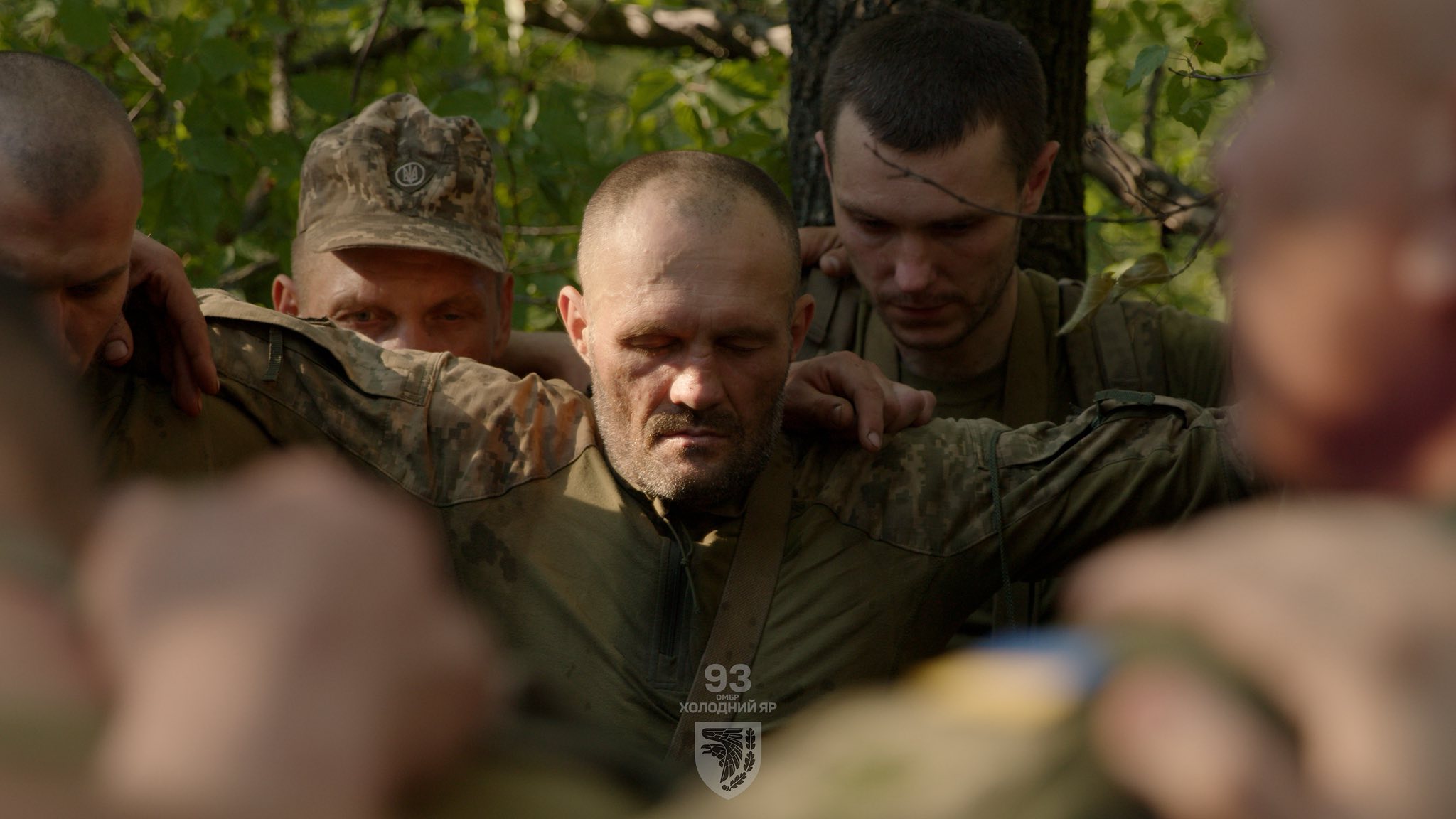
Putin is demanding Ukraine surrender a 50-kilometer chain of fortified cities that Russian forces have repeatedly failed to capture through three years of warfare.
The fortress belt stretches from Sloviansk through Kramatorsk to Kostyantynivka—Ukraine’s eastern shield built over 11 years since 2014. These aren’t just strategic positions; they’re Ukraine’s last major defensive line in the east.
Reuters reports that Trump told Zelenskyy directly: Putin will freeze other front lines if Ukraine surrenders all of Donetsk, including areas Russia doesn’t occupy.
The Institute for the Study of War has repeatedly noted that Russian forces cannot break through or encircle these positions. That’s why Putin wants Ukraine to abandon them voluntarily—he’s asking Trump to achieve what his military couldn’t.
Ukrainian officials called this a “stab in the back.” As one senior official told the Financial Times: “He just wants a quick deal.”
The historical parallel is unavoidable. In 1938, Nazi Germany couldn’t capture Czechoslovakia’s fortified Sudetenland through military force. So Hitler demanded it diplomatically. Six months after Czechoslovakia complied, the entire country was occupied.
Putin’s demands reveal his true goal isn’t territorial adjustment—it’s systematic elimination of Ukrainian statehood. The New York Times reports Putin also demanded Russian become an official language in Ukraine and protections for Russian Orthodox churches.
These aren’t cultural concessions. They’re tools for permanent Russian influence designed to hollow out Ukrainian sovereignty from within.
Putin also refuses to meet with Zelenskyy, whom he considers “an illegitimate president of an artificial country,” according to European Pravda. That’s not negotiation—that’s denial of Ukraine’s right to exist.
Combined with territorial surrender, these demands would reduce Ukraine to a Russian vassal state while Putin positions himself to complete the country’s elimination.
Zelenskyy flies to Washington Monday facing the choice Putin engineered: accept terms that violate Ukraine’s constitution or risk losing American support.
Ukrainian officials told the Financial Times that Zelenskyy won’t agree to surrender Donetsk and Luhansk—a red line written into Ukraine’s constitution. But he’ll discuss territory with Trump, knowing that refusal could mean isolation.
The Monday meeting will happen in the same Oval Office where Trump and JD Vance gave Zelensky a “brutal public dressing-down” six months ago over Ukraine’s reluctance to accept previous territorial demands.
European leaders are considering joining Zelensky in Washington, but their influence is limited. They can’t replace American military backing, and Putin knows it.
As Ukrainian civil society leader Olga Aivazovska noted, territorial concessions would raise fundamental questions: “It will also open the question of why we’ve been defending ourselves all these years.”
Step back and see Putin’s strategy. He went to Alaska not to negotiate but to create an impossible situation for Ukraine. Every path now leads toward Russian victory, just through different mechanisms.
Putin couldn’t break Ukraine’s fortress belt through military force, so he got America’s president to demand Ukraine surrender it voluntarily. He couldn’t cut off sanctions through diplomacy, so he manipulated Trump into providing economic amnesty. He couldn’t achieve legitimacy through reform, so he extracted red carpet rehabilitation through personal charm.
The Alaska summit wasn’t diplomacy, but calculated psychological warfare. Putin understood Trump’s psychology and played it perfectly, turning America’s president from Ukraine’s protector into his unwitting agent of pressure.
Ukraine’s only path forward now is hoping Trump’s security guarantee commitment proves more durable than his sanctions threats. But given what happened in Alaska, that’s a dangerous bet to make with national survival.
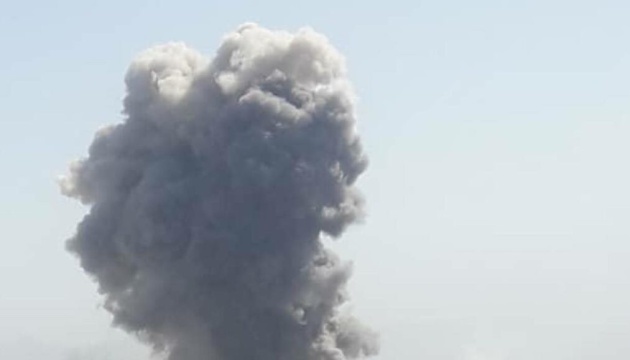
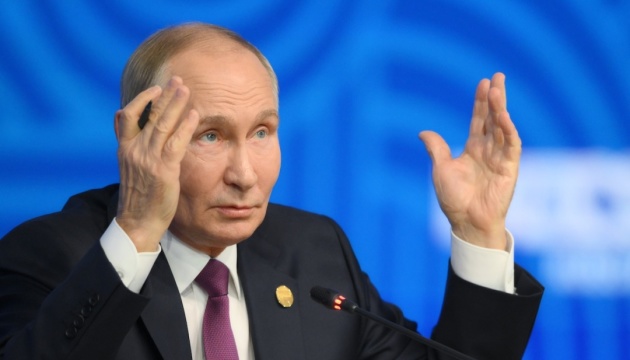
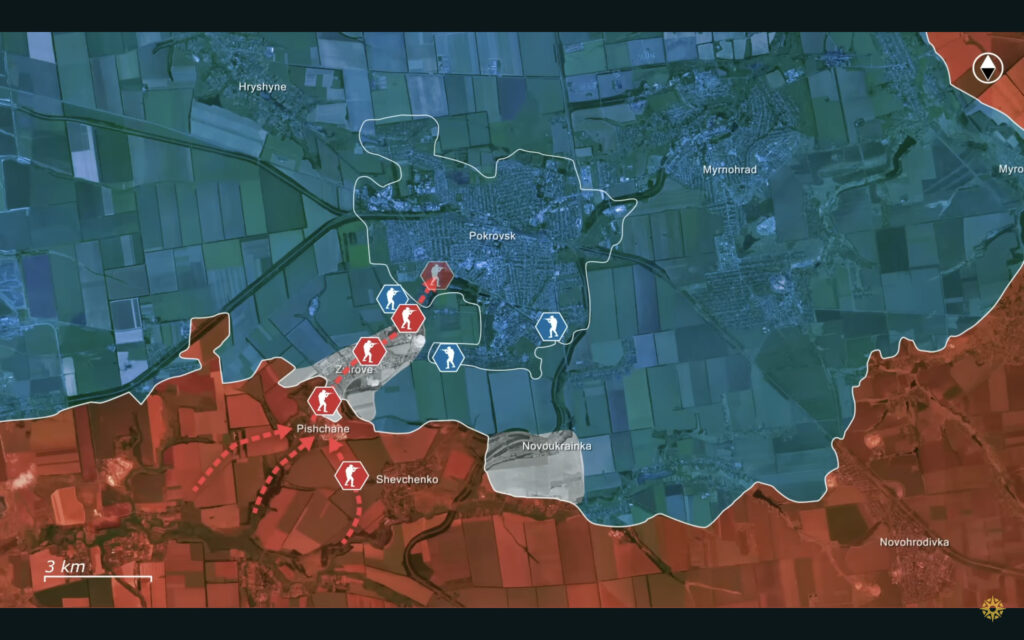
Today, there are interesting updates from the Pokrovsk direction, Donetsk Oblast.
Here, the Russian command is increasing the use of suicide squads to try to infiltrate Pokrovsk and reach its outskirts. With the Ukrainian defense on high alert, 80% of the Russians are destroyed even before reaching the town, with deceived migrants and forcibly mobilized Ukrainian separatists being thrown into the meat grinder as cannon fodder and acceptable casualties.
Russian forces recently attempted one of their most ambitious infiltration missions yet to penetrate Pokrovsk from the south. Using Pishchane as a forward base, the Russian command formed three tactical groups of 50 men each, tasked with sabotage inside the city. Their goal was to sow panic behind the frontline and force Ukrainian units to abandon positions, as has happened in other settlements along the front.

The infiltration route took 14 days in total: four to reach Pishchane’s industrial zone used as a launch point, and another ten to creep towards the main streets in southern Pokrovsk. Moving roughly 600 meters per day to avoid detection, they relied on drone drops for food, water, and communication updates.
Despite careful coordination, camouflage ponchos, and preloaded route trackers, Ukrainian drones intercepted and eliminated most of the saboteurs, as of the original 150 infiltrators, around 120 were killed before even reaching their objectives as confirmed by geolocated footage.
The remainder were hunted down inside the city, with Ukrainian units releasing more footage of how some of the Russians surrendered, while others were eliminated in close combat.
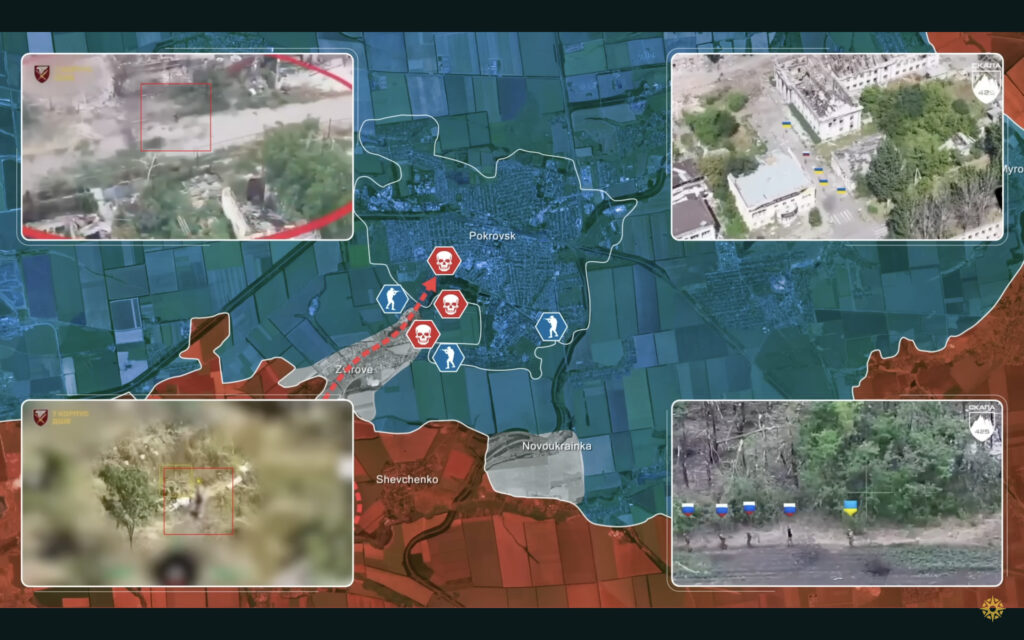
The cost to Russia was staggering, as the operation incurred roughly 80% casualties just to reach Pokrovsk, not counting those later captured or killed after arrival. While a handful of infiltrators ambushed Ukrainian units, the mission failed to achieve its operational aim.
The Ukrainian Defense Forces not only retained control but also captured dozens of enemy troops. Fighters of Ukraine’s 425th Skala Separate Assault Regiment took 32 prisoners over a week of clearing operations alone. Video evidence from the town shows Russian infiltrators being cleared from buildings and hiding spots, their weapons seized as trophies.
Yet such attritional losses have not dissuaded Russian commanders. On the eastern flank of Pokrovsk, where fighting is intensifying, Moscow is preparing more expendable suicide squads. An entire brigade here is being staffed with deceived migrants from Central Asia and Donetsk People’s Republic volunteers, most of whom are forcibly mobilized men from Russian-controlled Donetsk.

These units, poorly trained and often unwilling, are tasked with advancing toward Pokrovsk’s eastern outskirts to overwhelm defenses through sheer numbers. Since 2014, many DNR formations have been filled with marginalized individuals and criminals, commanded by Russian officers.
Now, this volatile mix is being hurled into the bloodiest sector of the front with minimal expectation of survival, with these migrants and separatists being seen as expendable by Russian command.
The brutality extends up the chain of command, as reports from Russian military analysts indicate that separatist officers who question orders or show reluctance to sacrifice their men in large numbers often simply disappear.
Two battalion commanders in the so-called DNR’s 5th Brigade went missing in five days after being summoned by superiors. In one case, the wife of a vanished commander was told he had run away, but no further contact has been made. Such disappearances serve as a warning: obedience is enforced through fear, and dissent is erased without a trace.
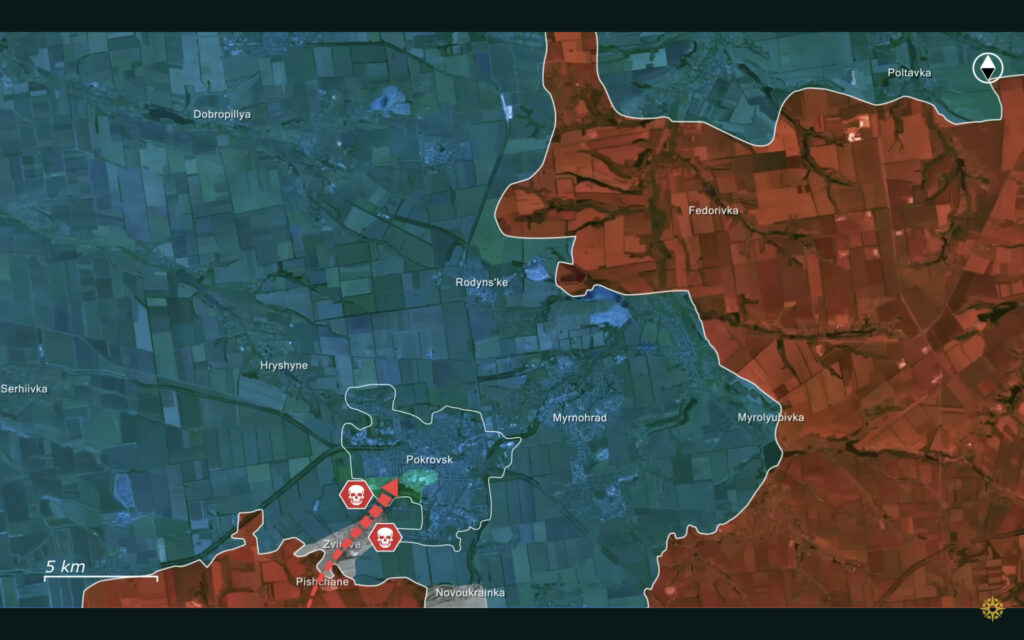
Overall, despite the chaos these infiltration attempts cause for the defenders, the general picture in Pokrovsk remains in Ukraine’s favor. The destruction of the southern sabotage groups, combined with the capture of surviving infiltrators, shows that the Russian command is gambling everything for even minor symbolic gains in Pokrovsk.
With success rates near zero, and casualty rates between 80 and 100%, these operations are less about achieving breakthroughs and more about demonstrating activity to higher political leadership. Ukrainian forces remain on high alert, aware that similar infiltration patterns are now being tested from the east.
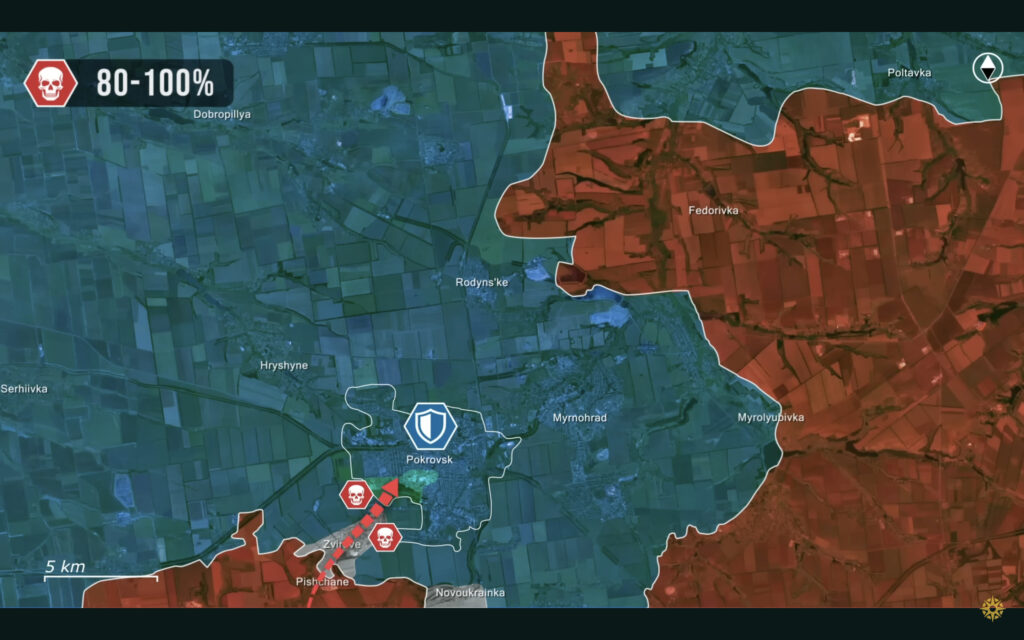
For now, Pokrovsk holds, but the Russians appear willing to keep feeding cannon fodder into the grinder in a desperate bid to change that, regardless of the human cost.
In our regular frontline report, we pair up with the military blogger Reporting from Ukraine to keep you informed about what is happening on the battlefield in the Russo-Ukrainian war.
The first lady’s letter addressed the “plight of children in Ukraine and Russia”

© EPA
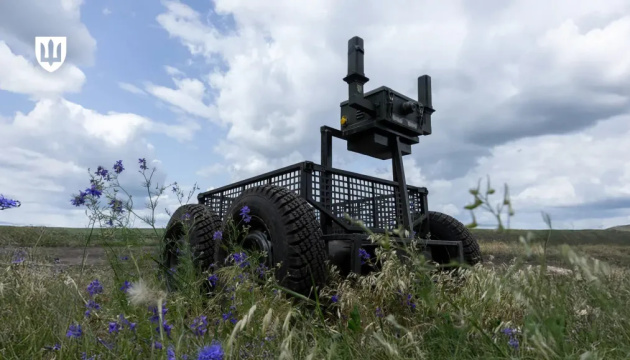
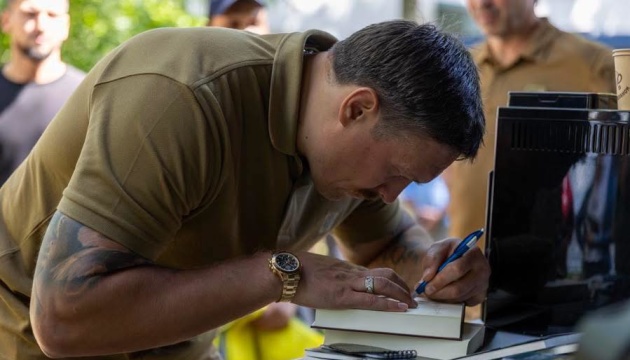
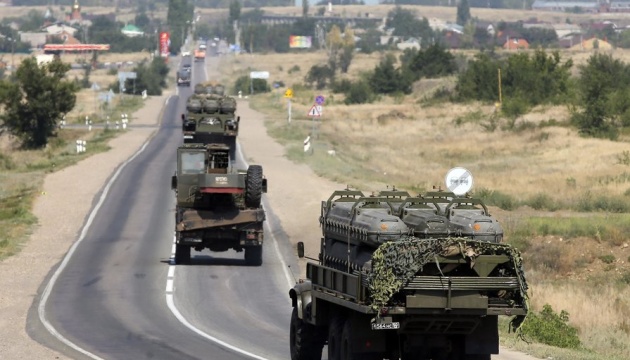
Trump’s problem with Zelensky is personal but, as World Affairs Editor Sam Kiley explains, he may finally understand that Ukraine cannot be handed to Putin

© Getty Images
Pages found at Hotel Captain Cook in Anchorage before high-stakes meeting between two global leaders

© AFP via Getty Images
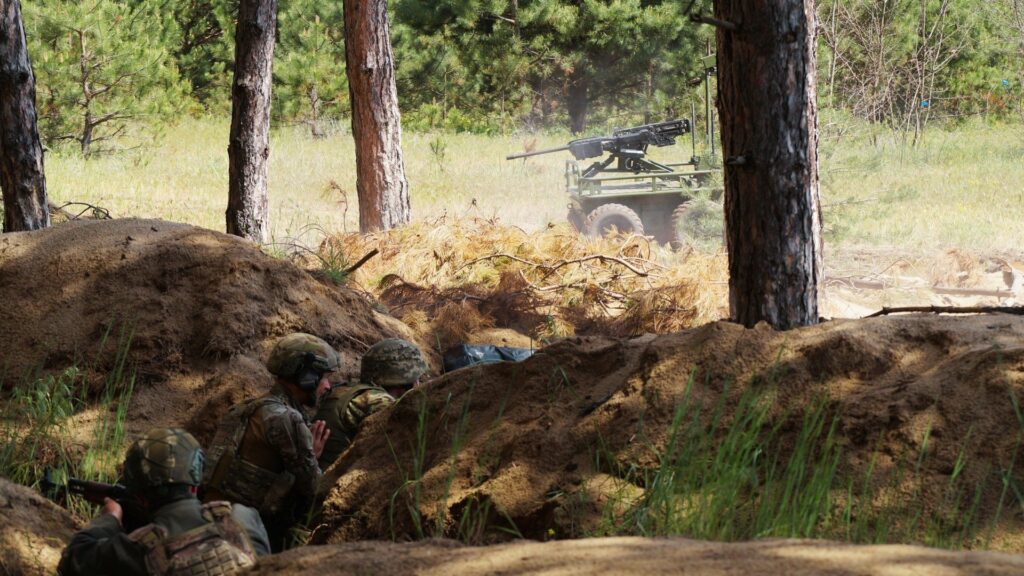
Fighting hard to roll back a dangerous Russian incursion around Pokrovsk, in eastern Ukraine’s Donetsk Oblast, the Ukrainian army’s 93rd Mechanized Brigade had a little help—from gun-armed ground robots.
“Ground-based robotic assault systems were used to liberate Ukrainian territories,” the brigade reported. “The robots, equipped with machine guns, fired at the enemy concentration, approaching practically at close range.”
It’s not an isolated incident. All along the 1,100-km front of Russia’s 42-month wider war on Ukraine, more Ukrainian units are deploying ground robots to assist, and in some cases replace, increasingly precious human troops. “These robots are entering logistics, evacuations, mine-clearing and even combat roles,” American-Ukrainian war correspondent David Kirichenko explained.
The 93rd Mechanized Brigade is part of a powerful Ukrainian force counterattacking around Pokrovsk a week after Ukrainian observers confirmed a dangerous Russian infiltration in the sector.
Marching right past empty Ukrainian trenches—an alarmingly common problem as the Ukrainian military struggles with serious manpower shortage—Russian infantry from the 51st Combined Arms Army infiltrated 15 km north of the porous front line and then pivoted west toward the village of Dobropillya, which lies 16 north of Pokrovsk and sits astride the T0515 road, one of two main supply routes into Pokrovsk.
The Russian infiltration, involving potentially thousands of troops from multiple battalions, was “aimed at completing the encirclement of the town of Pokrovsk and possibly Dobropillya, in order to compel Ukrainian forces to withdraw,” the pro-Ukraine Conflict Intelligence Team noted.
It failed. This week, the Ukrainian national guard’s 1st Azov Corps rushed toward Pokrovsk and counterattacked. Army and air-assault brigades joined in as the Azov guardsmen cut across the 15-km-deep Russian salient in at least two places.
“Our search-and-strike operations have cleared the enemy” from six villages, the 1st Azov Corps announced. The multi-brigade corps, which at full strength can deploy tens of thousands of troops, claimed it killed 271 Russians, wounded 101 and captured 13.
“The enemy has also lost a considerable amount of equipment and weaponry,” the corps added. “This success was made possible through cohesive and well-coordinated action.” The 93rd Mechanized Brigade was part of that coordinated action. It focused its attention on two villages near Dobropillya: Gruzke and Vesele.
The brigade deployed a reconnaissance company, various types of unmanned systems and artillery. A video the unit posted online depicts drone strikes on Russian troops and vehicles—and the gun-armed ground robots rolling down paved roads and into residential yards, blasting left and right with their stabilized guns.
The robots give commanders options they wouldn’t have with human troops. “The vision of front-line commanders is to deploy robots across the front, for these ground robots to take on the greatest risk and most dangerous missions,” Kirichenko wrote.
Ground robots can take the place of human troops, helping mitigate the Ukrainian military’s deepening shortage in certain critical military specialties. US analyst Andrew Perpetua estimated the Ukrainians are short 100,000 trained infantry. It’s that shortage, and the empty trenches that result, that was probably the root cause of the Russians’ initial success marching on Dobropillya.
But that doesn’t mean the unmanned ground vehicle, or UGV, operations don’t require people. They do. “Deploying each UGV mission still needs a large team to manage everything,” Kirichenko explained. But at least that team, lodged in a fighting position potentially kilometers from the fighting, is relatively safe from Russian attack as it controls its ground robots via wireless radio or fiber-optic cable.
The 93rd Mechanized Brigade’s robotic counterattack was a triumph of technology as Ukraine races to preserve a tech edge over its much bigger invader. But it also belies a major problem. Owing to a serious lack of operational reserves, Kyiv had to poach units from potentially vulnerable sectors in order to build up a force powerful enough to defeat the Russian incursion near Pokrovsk.
The 93rd Mechanized Brigade had been holding the line south of Chasiv Yar, 50 km east of Dobropillya. The Russians are steadily advancing through Chasiv Yar as they attempt to squeeze the fortress town of Kostyantynivka.

Thanks to your incredible support, we’ve raised 70% of our funding goal to launch a platform connecting Ukraine’s defense tech with the world – David vs. Goliath defense blog. It will support Ukrainian engineers who are creating innovative battlefield solutions and we are inviting you to join us on the journey.
Our platform will showcase the Ukrainian defense tech underdogs who are Ukraine’s hope to win in the war against Russia, giving them the much-needed visibility to connect them with crucial expertise, funding, and international support.
We’re one final push away from making this platform a reality.
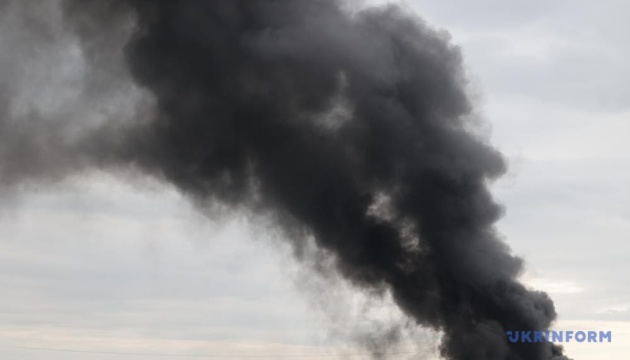
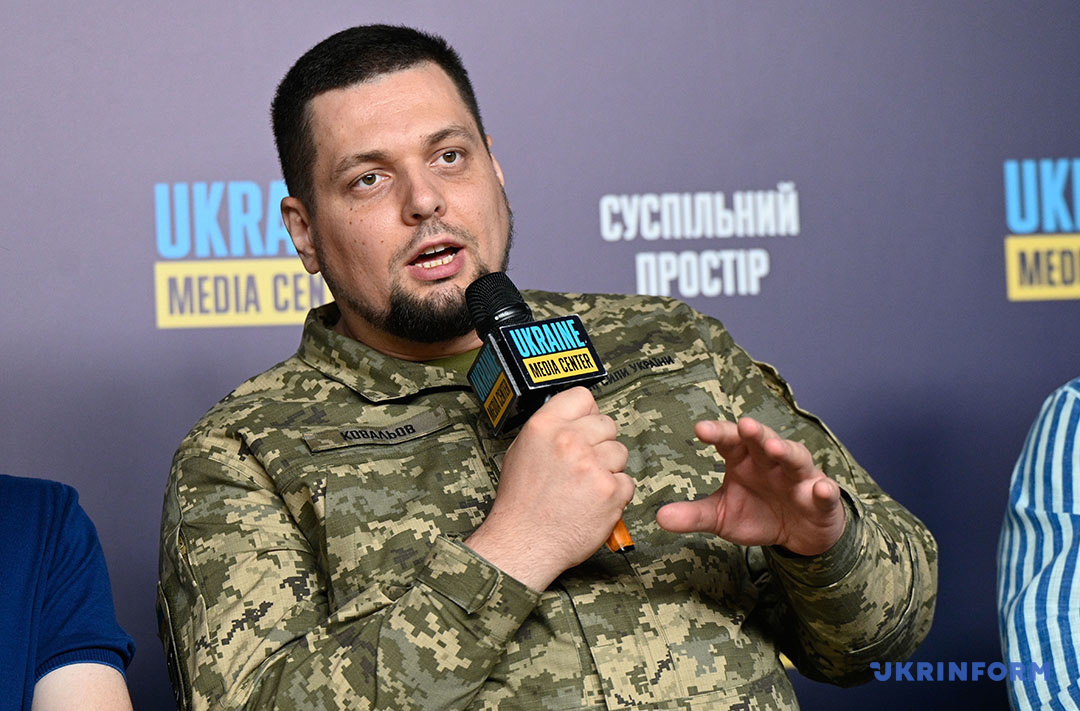
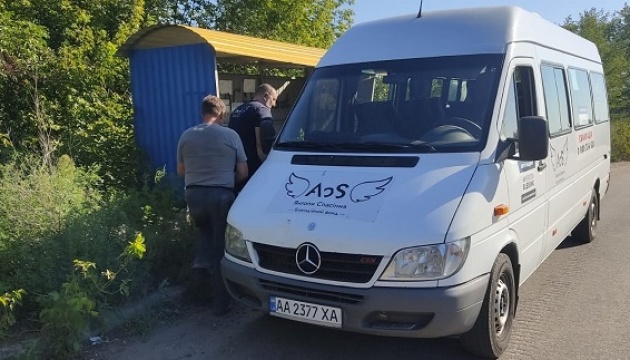
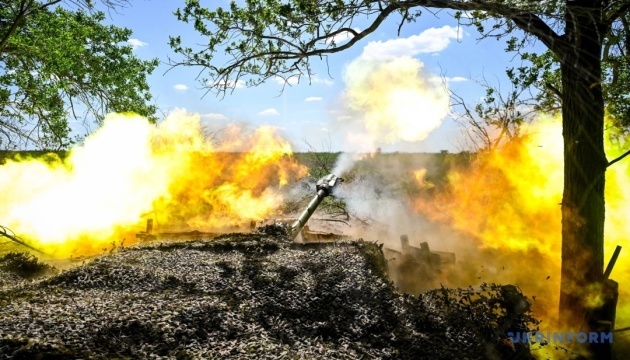
Details of the Russian president’s demands for Ukrainian territory come ahead of Volodymyr Zelensky’s meeting with Donald Trump in Washington on Monday

© AFP via Getty Images
Donald Trump appears to be urging Volodymyr Zelensky to give up land for peace

© AP
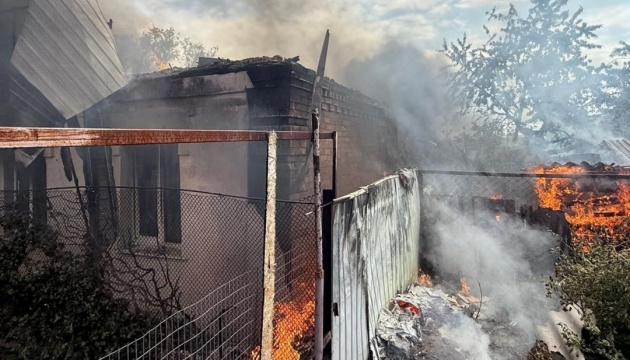

Russia insists on official status for the Russian language and freedom for its Orthodox Church in Ukraine. The New York Times reports that US President Donald Trump will discuss this Russian ruler Vladimir Putin’s demand with Ukrainian leader Volodymyr Zelenskyy on 18 August at the White House.
European leaders have also been invited to join, officials said, speaking anonymously to discuss private negotiations.
Despite Donald Trump’s hopes to hold a US–Ukraine–Russia trilateral meeting, Putin continues to refuse the proposition, calling Zelenskyy “the illegitimate president of an artificial country.” During a phone call between Trump, Zelenskyy, and European leaders, another demand to cede Donetsk and Luhansk oblasts to Russia and security guarantees for Ukraine were discussed.
As of now, Moscow troops control the big part of these two regions but not all the territory.
According to Trump, Putin reportedly demands that all of Donbas be handed over to Russia. In exchange, he is willing to suspend hostilities in other parts of Ukraine – Zaporizhzhia and Kherson oblasts, freezing the current frontline, and to provide written assurances not to attack Ukraine or other European countries. Security guarantees for Ukraine after the war are included, but strictly outside the framework of NATO.
This information confirms that Moscow is not abandoning political-religious control and continues to push its ultimatum demands even during negotiations with the US and Europe.
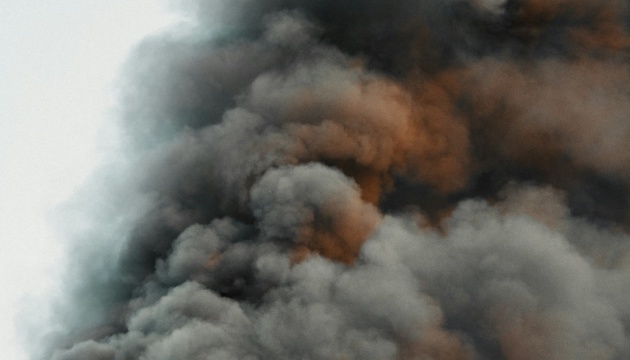
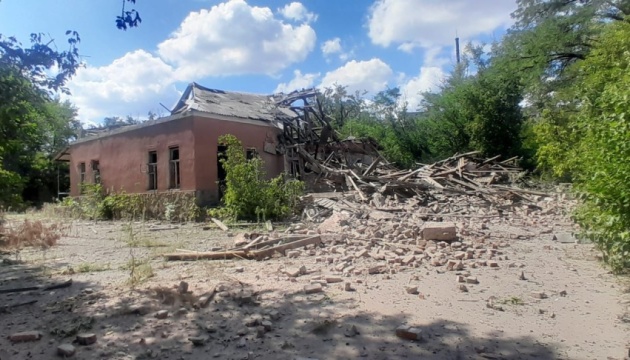
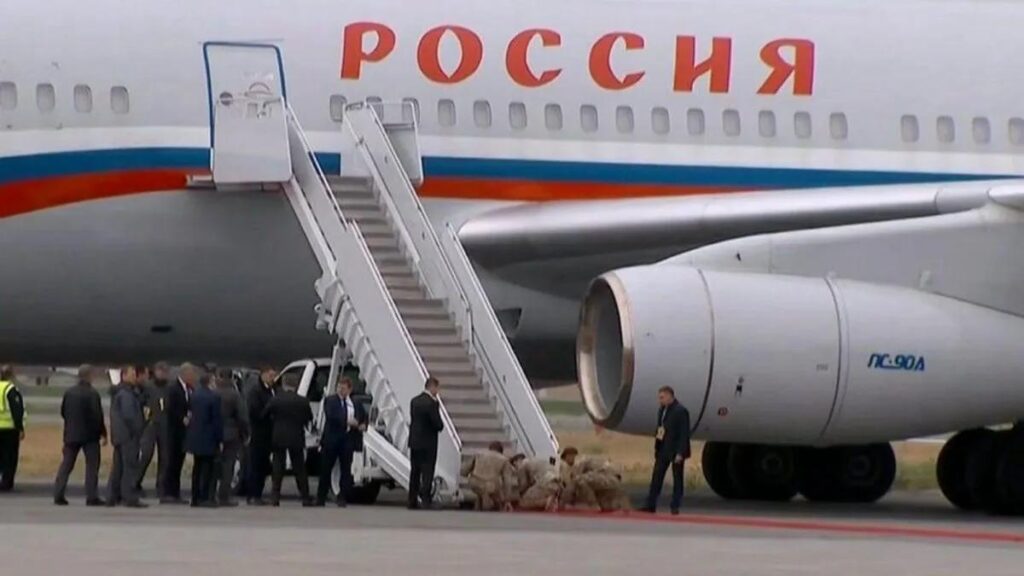
A war criminal, accused by the International Criminal Court, was treated like a king in Alaska. From the red carpet to the plane’s flyover — everything went perfectly for Russian President Vladimir Putin, writes Ivor Bennett for Sky News.
In recent years, only China and North Korea, Russia’s longtime allies, have similarly welcomed him.
Putin’s primary goal in Anchorage was to ease Donald Trump’s disappointment. A week ago, Moscow faced an ultimatum: a ceasefire or sanctions. Yet neither was mentioned.
Putin again spoke of “eliminating the root causes” of the war, a phrase that offers little hope to Ukraine. It implies that Russia’s red lines remain unchanged: Ukrainian territory, neutrality, and limitations on its armed forces, with Moscow unwilling to relax any of these demands.
At the press conference, it became clear who was running the show. Putin spoke first and did not answer a single question — a unique situation for Trump’s media interactions. The absence of a Q&A session was likely a condition set by the Russian side, which Trump unquestioningly respected. It demonstrates how much he values relations with the Kremlin.
The summit’s slogan was “quest for peace,” but it appeared that Putin sought a new stage in US-Russia relations, at Ukraine’s expense. Despite Trump’s statements that many points were agreed upon, Russia made no concessions.
This meeting leaves questions unanswered: why were these vague frameworks set, and what are the Kremlin’s fundamental objectives if details are not disclosed?
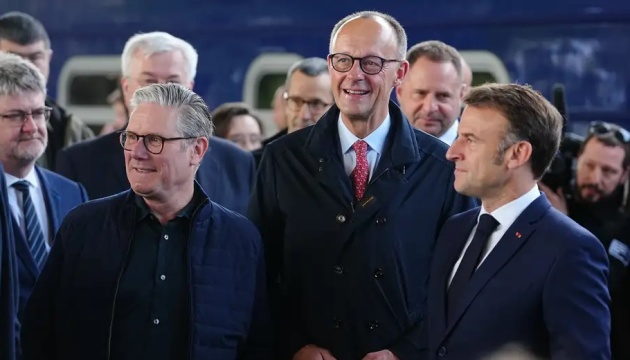
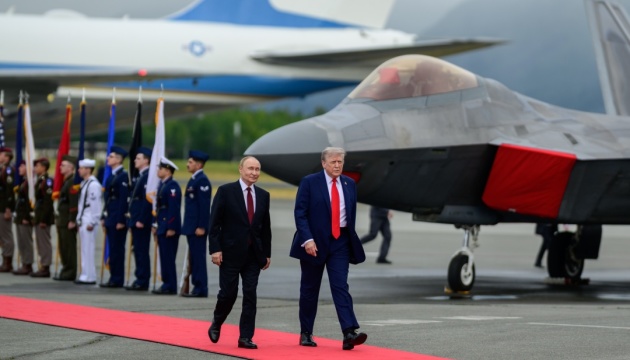
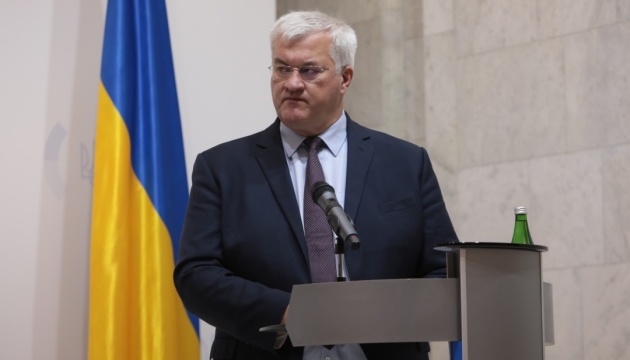

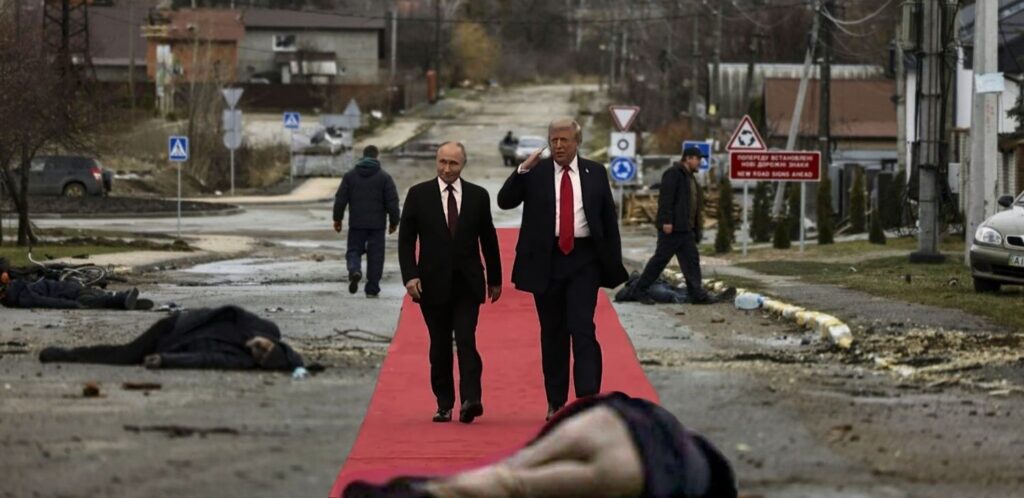
Disgusting.
That’s the word watching American soldiers drop to their knees, unrolling a red carpet for the man who killed Ukrainian children yesterday and will kill more tomorrow.
While Putin posed for photos in Alaska, Ukrainian parents were pulling their kids from rubble.
While he grinned in Trump’s limousine, Ukrainian mothers were digging graves.
While an Orthodox bishop exchanged gifts with a war criminal, 19,000 stolen Ukrainian children remained in Russian camps.
What really happened Friday: America told the world that genocide pays. War crimes get you red carpet treatment. Russia’s Foreign Minister showed up wearing a USSR sweatshirt. Russian state media served “chicken Kyiv” on Putin’s plane while actual Kyiv burns nightly from Russia’s drones.
The message was clear: We own you now.

Putin didn’t just get legitimacy in Alaska; he got proof that the West has abandoned truth itself.
Genocide became “diplomacy.”
War crimes became “peace talks.”
Child killers become “partners.”
Here are the truths they’ve abandoned:
Truth 1: Peoples have the right to exist. They call this a “territorial dispute” when Russian officials openly admit genocidal intent.Putin isn’t after land—he’s after eliminating Ukraine itself. But reality doesn’t bend to political convenience. Our right to exist isn’t negotiable.
This is bigger than Ukraine. Russia is fighting against existence itself—the principle that different peoples should exist, should grow, should contribute their own gifts to the world. Every time a people is erased, the world becomes smaller, darker, less human.
While America rolled out the red carpet for our destroyer, Ukraine stood up for the right of all peoples to flourish in this world. Because when the powerful are allowed to erase the weak, you’ve destroyed the only thing standing between civilization and chaos.
Once might makes right, there’s always someone mightier.
Truth 2: Truth and justice make civilizations great, not strongmen. Trump thinks Putin is powerful. He said Russian troops “retreated” from Kyiv because they got stuck in the mud, not because Ukrainians stood and fought. He looks past Zelenskyy, thinking Ukraine doesn’t have the cards.But he has it backwards.
Ukraine’s strength doesn’t come from tanks. It comes from standing for truth and justice—the very foundations that once made the West great.
Trump promised to “Make America Great Again.” He could have done exactly that by supporting the nation fighting for the very things that make America great. Instead, he chose a perpetrator of genocide.
Your choice isn’t just about Ukraine. It’s about whether you remember what makes you great, or whether you’ll be degraded to the likes of Russia—a hollow empire built on lies, theft, and murder.
The lie is that giving Putin what he wants will make him stop. It won’t.
Putin didn’t stop after Georgia or Crimea, and he won’t stop after Donetsk. Evil doesn’t get satisfied when fed. It gets hungrier.
This is the West’s war being fought with Ukrainian blood. Putin isn’t just trying to erase Ukraine—he’s testing whether democratic civilization will defend itself. Friday gave him his answer.
The West can abandon Ukraine today and face Putin’s tanks in Warsaw tomorrow. America can sell us out now and watch its own children conscripted later.
Friday was America’s test. America failed.
But Ukrainians are still fighting. Still dying for the principles democratic civilization claims to believe in. Still holding the line that Western leaders are too weak to defend.
The West has one chance left:
Ukraine still fights for existence itself. The only question is whether the West will fight for its own.

Thanks to your incredible support, we’ve raised 70% of our funding goal to launch a platform connecting Ukraine’s defense tech with the world – David vs. Goliath defense blog. It will support Ukrainian engineers who are creating innovative battlefield solutions and we are inviting you to join us on the journey.
Our platform will showcase the Ukrainian defense tech underdogs who are Ukraine’s hope to win in the war against Russia, giving them the much-needed visibility to connect them with crucial expertise, funding, and international support.
We’re one final push away from making this platform a reality.
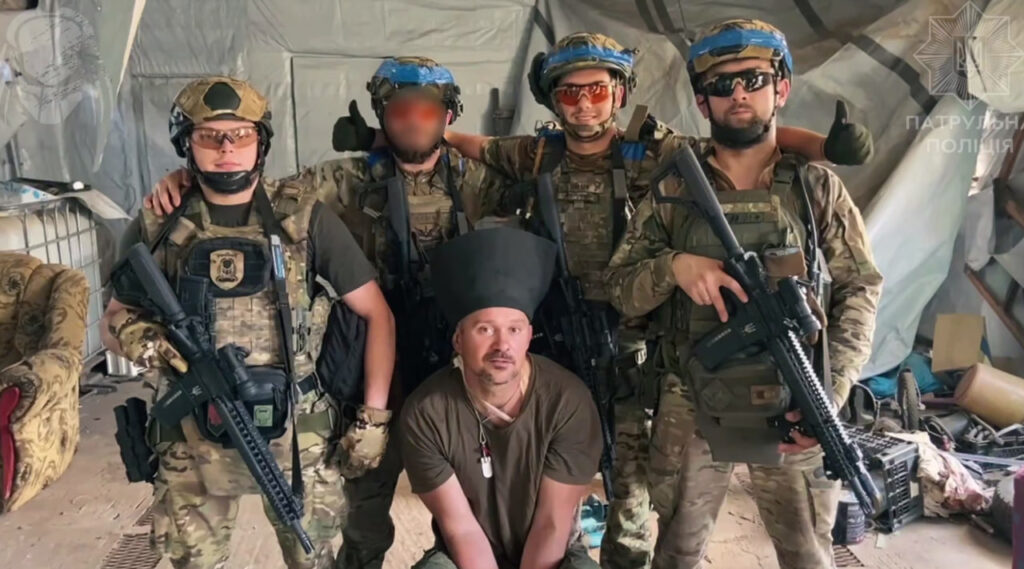
A drone, suicide, a lover, crypto, and a note. On the Toretsk front, aerial scouts from the Khyzhak Brigade of the Patrol Police Department have conducted a unique psychological operation. As a result, one Russian assault soldier shot himself, and another surrendered after a note was dropped by a drone: “Want to live — follow the drone.”
It all began when two Russian occupiers moved toward Ukrainian positions.
“Our aerial scouts from the bomber group met them from the sky. Accurate drops — one wounded soldier couldn’t endure and shot himself. The other, barely breathing, raised his hands and begged for mercy,” the brigade reports.
The wounded soldier turned out to be 43-year-old Andryukha, a former Russian national rugby team player, with a call sign “Rugby Player.”
According to the fighters, he previously ran a cryptocurrency company but went bankrupt and fell into 6 million rubles of debt. His lover and promises of easy service pushed him to the war, but he was thrown into an assault unit.
“Now he says he never wanted to kill Ukrainians and is not eager for an exchange, because he knows that if he returns, the Russians will send him to die again,” the brigade concludes.

European leaders issued a pointed statement that reveals deep concerns about being sidelined in Ukraine peace negotiations after the 15 August Trump-Putin summit in Alaska.
The joint declaration from seven EU leaders—released early 16 August morning—welcomed President Trump’s diplomatic efforts while laying down non-negotiable red lines that could complicate any future deal.
According to the European Union statement, leaders including French President Emmanuel Macron, Italian Prime Minister Giorgia Meloni, European Commission President Ursula von der Leyen, and German Chancellor Friedrich Merz insisted that Ukraine must receive “ironclad security guarantees to effectively defend its sovereignty and territorial integrity.”
The statement reveals European priorities that may not align with whatever Trump and Putin discussed in their three-hour meeting Friday at Joint Base Elmendorf-Richardson in Alaska.
“We are clear that Ukraine must have ironclad security guarantees to effectively defend its sovereignty and territorial integrity. We welcome President Trump’s statement that the US is prepared to give security guarantees. The Coalition of the Willing is ready to play an active role.”
European leaders want direct involvement in any future negotiations, declaring they are “ready to work with President Trump and President Zelenskyy towards a trilateral summit with European support.”
The EU statement offers clues about what European leaders fear most. Their insistence that “no limitations should be placed on Ukraine’s armed forces or on its cooperation with third countries” suggests concern that Trump might agree to constraints on Western military aid.
Even more pointed: “Russia cannot have a veto against Ukraine’s pathway to EU and NATO,” the leaders declared—a direct pushback against any deal that would limit Ukraine’s Western integration.
The Europeans also rejected territorial concessions, stating bluntly that “it will be up to Ukraine to make decisions on its territory. International borders must not be changed by force.”
The EU leaders’ statement reads like diplomatic insurance—an attempt to lock in principles before Trump sits down with Zelenskyy for follow-up talks, scheduled on 18 August in Washington.
Their promise of continued pressure reveals the leverage they’re prepared to use:
“As long as the killing in Ukraine continues, we stand ready to uphold the pressure on Russia. We will continue to strengthen sanctions and wider economic measures to put pressure on Russia’s war economy.”
The leaders want to ensure “unwavering solidarity” with Ukraine while working toward “a peace that safeguards Ukraine’s and Europe’s vital security interests.”
The next phase will reveal whether Trump’s promised meeting with Zelenskyy can bridge the gap between what Russia might accept and what Europe demands.
The Alaska summit may have been bilateral, but any lasting agreement will need to satisfy a much larger coalition—one that Europe just reminded everyone it intends to lead.
He may have helped to persuade Donald Trump not to abandon Ukraine, but for all his energy devoted to foreign policy, the PM has gained no credit for it at home, writes John Rentoul

© PA Wire
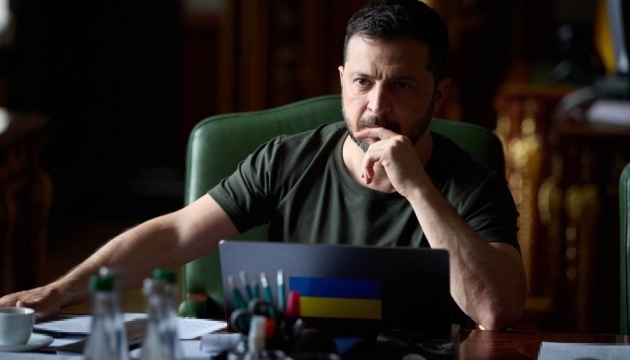
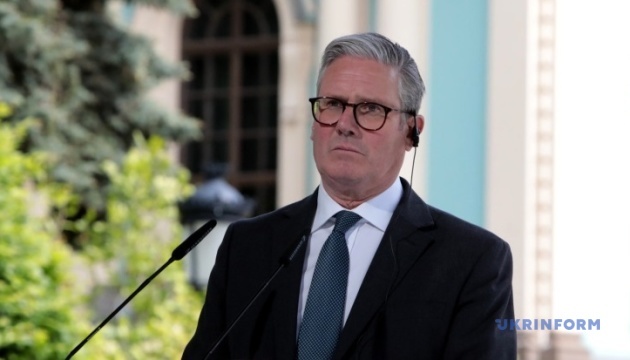
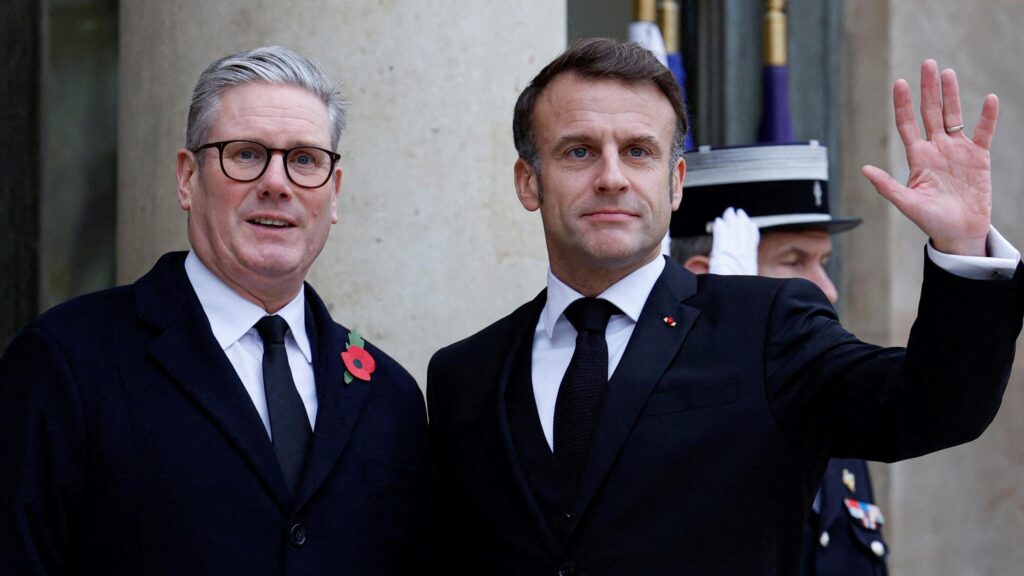
Lessons of the past 30 years cannot be ignored. French President Emmanuel Macron calls to taking into account all the lessons of the past three decades, particularly Russia’s history of ignoring its commitments after the meeting between Donald Trump and Vladimir Putin in Alaska, which ended without a peace agreement or sanctions on Moscow.
“It will also be essential to draw all the lessons from the past 30 years, in particular from Russia’s well-established tendency not to honor its own commitments,” Macron claims.
He added that, together with Trump and Zelenskyy, he will act “in a spirit of unity and responsibility,” supporting Ukraine and maintaining pressure on Russia as long as its aggression continues.
According to Macron, any long-term peace must be based on unwavering security guarantees and respect for Ukraine’s rights. The French president emphasized the unity of European and Western leaders on this matter.
Macron also welcomed the US willingness to contribute to strengthening peace.
“We will work on this with them and all our partners within the Coalition of the Willing, with whom we will meet again soon to achieve concrete progress,” the French president adds.